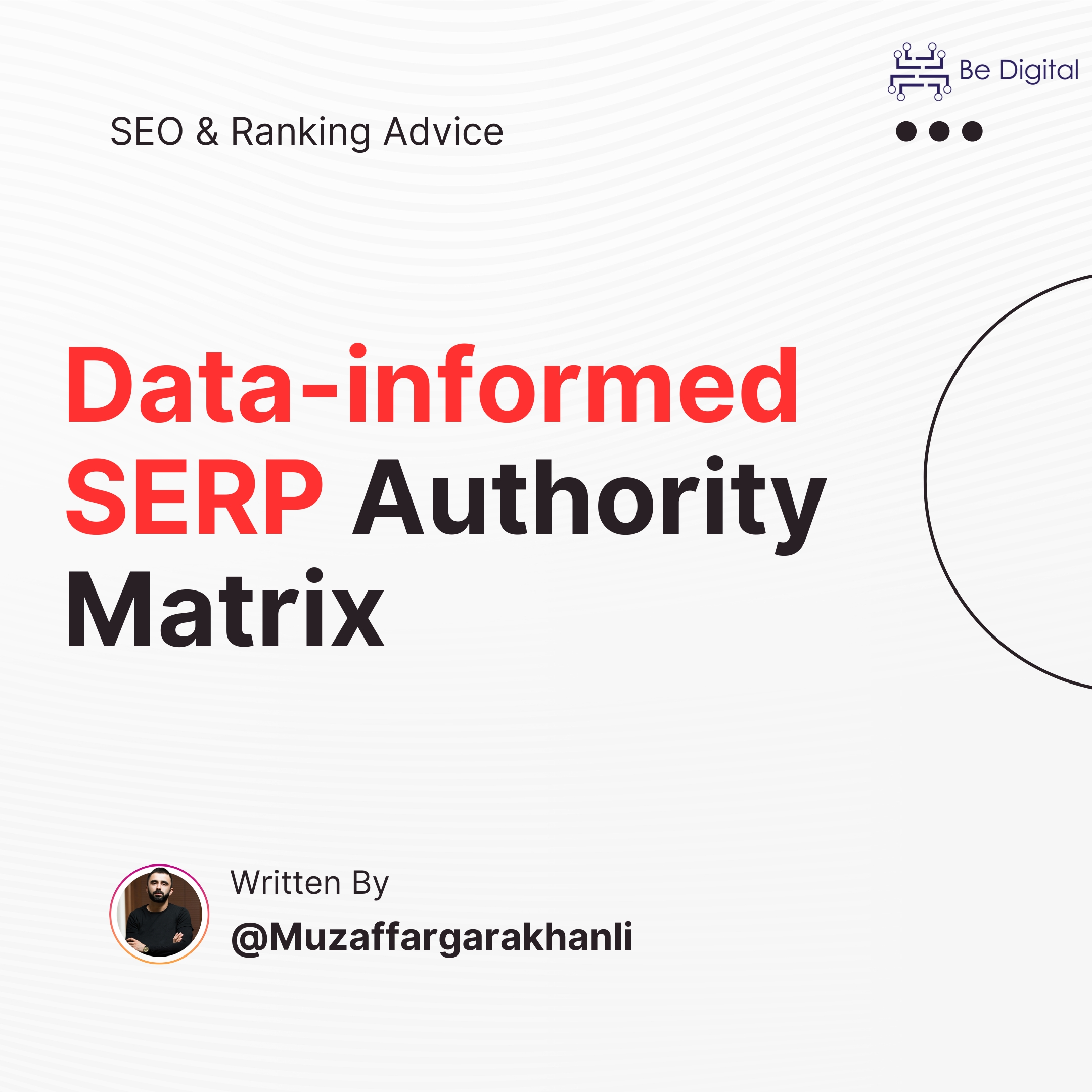Taking SEO to the Next Level: Discovering DISAM for SERP Domination
Taking SEO to the Next Level: Discovering DISAM for SERP Domination
Welcome to my advanced research content series, where we delve into a groundbreaking methodology that I have developed to revolutionize content and SEO strategies. In this series, I will guide you through the implementation of the "Data-Informed SERP Authority Matrix (DISAM)" strategy, a powerful approach that combines data-driven insights and key search engine elements to take content optimization to new heights.
In today's digital landscape, staying ahead of the competition requires a deep understanding of search engine dynamics and user behavior. With my DISAM strategy, I provide you with advanced tools and techniques that will help you navigate this complex terrain. By harnessing the power of data analytics, semantic relevance, and SERP authority analysis, you can create content that not only resonates with your target audience but also stands out in search engine rankings.
Throughout this series, I will share my expertise on implementing DISAM in your content strategy. We will explore advanced data collection methods, cutting-edge SERP authority assessment techniques, and everything in between. My goal is to equip you with the knowledge and insights to elevate your content's visibility, drive organic traffic, and establish your brand as a trusted authority in your industry.
Get ready to unlock the full potential of your content as we delve into the advanced realm of the DISAM strategy. Join me as I guide you through the intersection of data-driven decision-making and content optimization, propelling your online presence to new heights.
Note: As you embark on this advanced journey, remember to tailor the DISAM strategy to your specific industry, niche, and target audience. Your unique insights and adaptability will further enhance the effectiveness of this methodology.
Fundamentals of Data-Informed SERP Authority Matrix (DISAM)
1.1 Identify Content Gaps:
1.2 Create a user intent-based content matrix;
2. Interactive Semantic Keyword Analysis (ISKA):"
2.1 Semantic Keyword Exploration"
2.2. Keyword Combination Analysis:
2.3 Keyword Authority Assessment:
2.4 Microsemantic Keyword Identification:
3. User Experience Validation:
3.1. User Intent Alignment
DISAM takes into account user behavior, keywords, and competitor analysis to achieve successful traffic growth. By understanding the search intent of your target audience and creating content that aligns with their interests, you can attract more organic traffic to your website.
Implementing DISAM has allowed me to establish authority in my niche. By focusing on the keywords and content types identified through data analysis, I have been able to provide valuable and informative content that resonates with my target audience. As a result, I have seen improved search engine rankings and an increase in organic traffic.
The results of implementing DISAM have been remarkable, with significant traffic growth observed on my website. The use of tools like Google Search Console has provided concrete evidence, showing substantial increases of 200%, 300%, or even 400% in organic search traffic. These results demonstrate the effectiveness of optimizing content and SEO strategies based on data.
If you're looking to boost traffic to your website, I highly recommend trying the DISAM strategy. By leveraging data analysis to inform your content and SEO optimization, you can enhance your website's visibility, authority, and organic traffic.
Remember, DISAM is an ongoing process that requires continuous improvement. Regularly analyze your data, monitor your competitors, and adapt your content to meet the needs of your target audience. By doing so, you can sustain steady growth in your website's traffic.
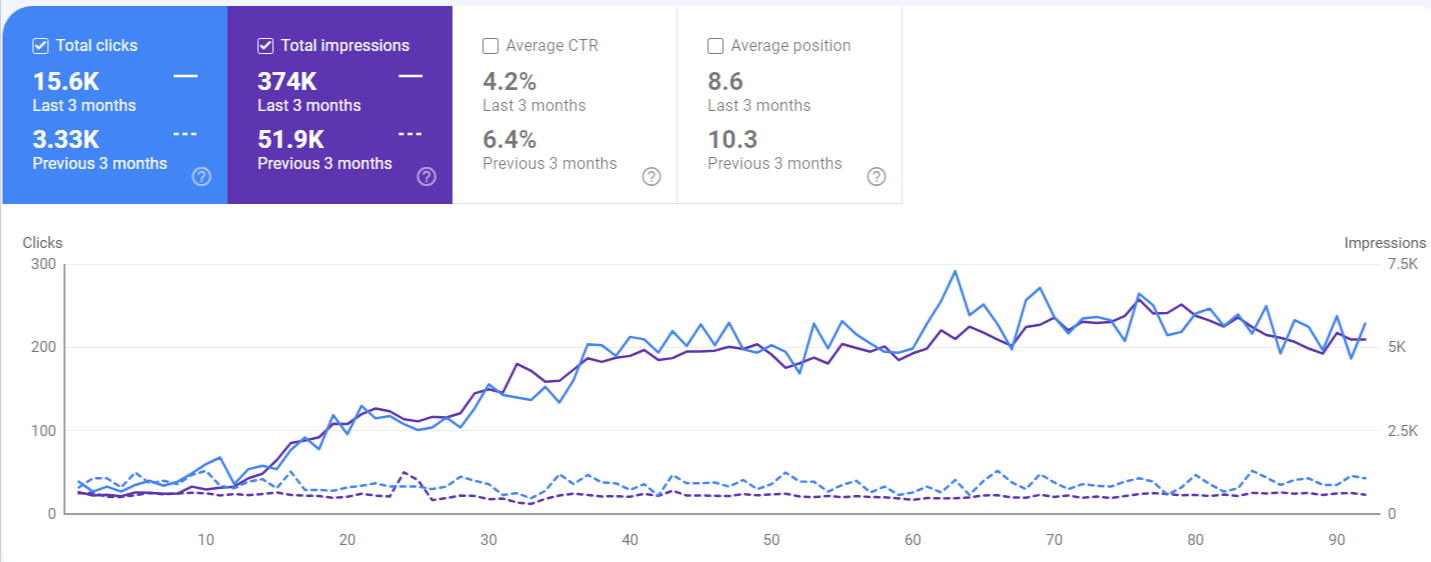
The Data-Informed SERP Authority Matrix (DISAM) is a proven approach that has delivered remarkable results across various industries. With DISAM, businesses have witnessed significant improvements in their online visibility, organic traffic, and overall search engine rankings. Implementing DISAM ensures that your website stays ahead of the competition and establishes itself as a trusted authority in your industry, leading to increased brand recognition and business growth
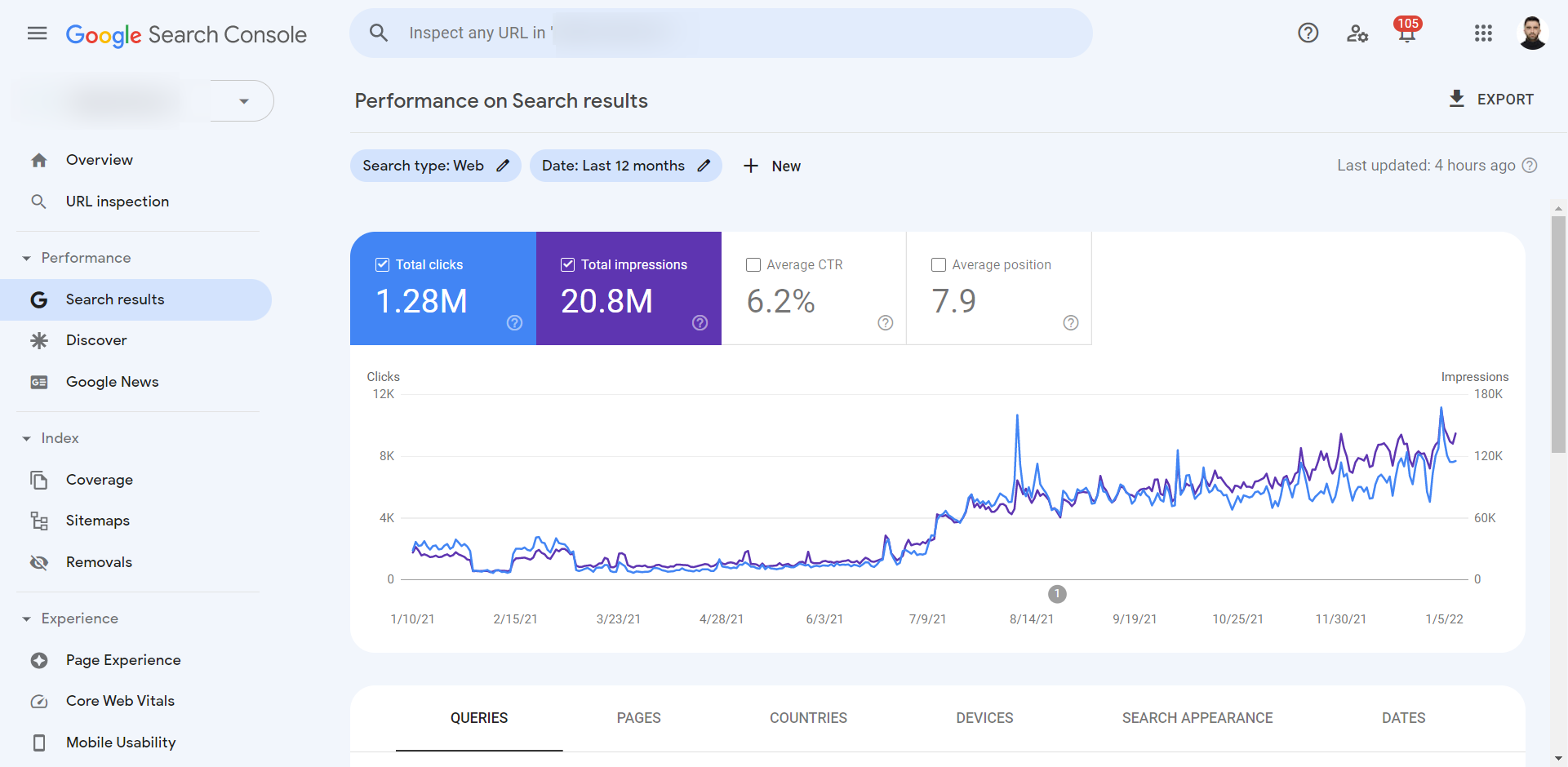
Looking to achieve remarkable results in your online presence? Discover the game-changing power of the Data-Informed SERP Authority Matrix (DISAM). With DISAM, you can revolutionize your search engine rankings and witness a surge in targeted organic traffic. Unleash the potential of data-driven insights to outperform your competitors and establish your brand as an industry leader. Experience firsthand the tremendous growth, increased visibility, and undeniable success that DISAM brings. Don't just dream of success, make it a reality with DISAM!
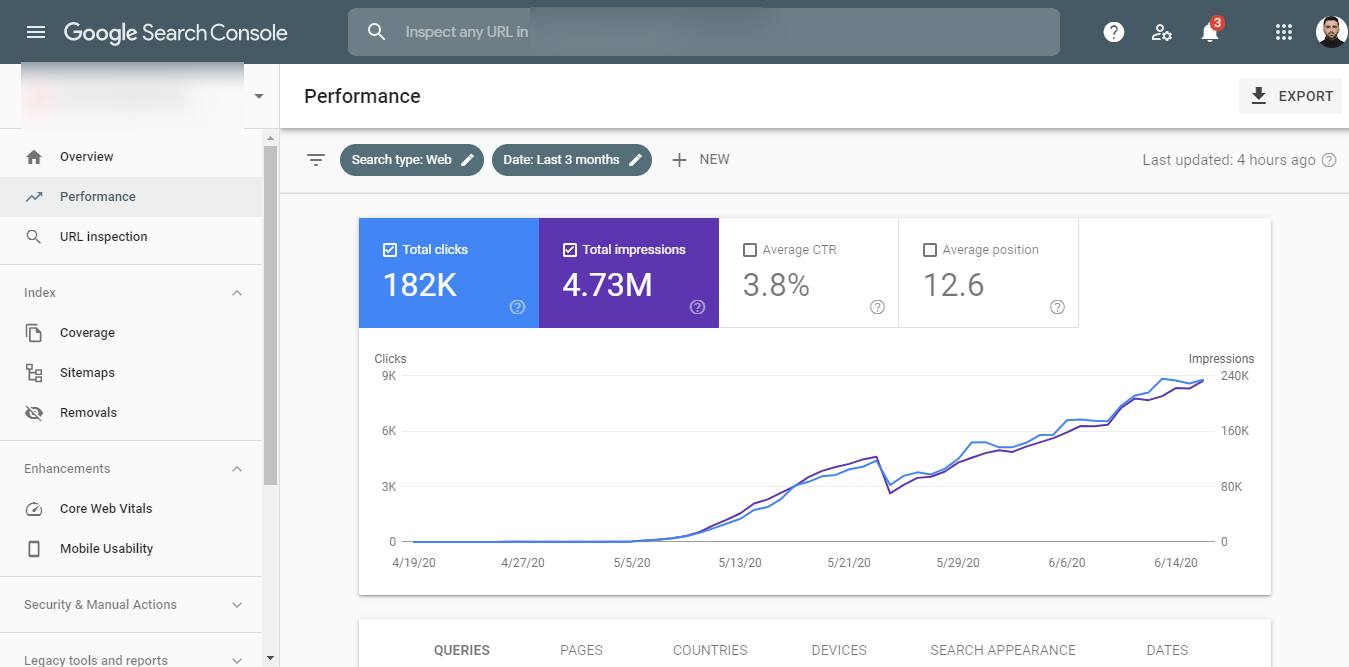
Discover the transformative power of our Data-Informed SERP Authority Matrix (DISAM) approach that helped skyrocket an education website's traffic by an impressive 300%! Witness the incredible results as conversion rates surged by 30%, unlocking unprecedented growth and success. Learn how DISAM can elevate your online presence, attract more qualified leads, and boost your conversions. Don't miss out on the opportunity to supercharge your website's performance and achieve remarkable results in the competitive education sector.
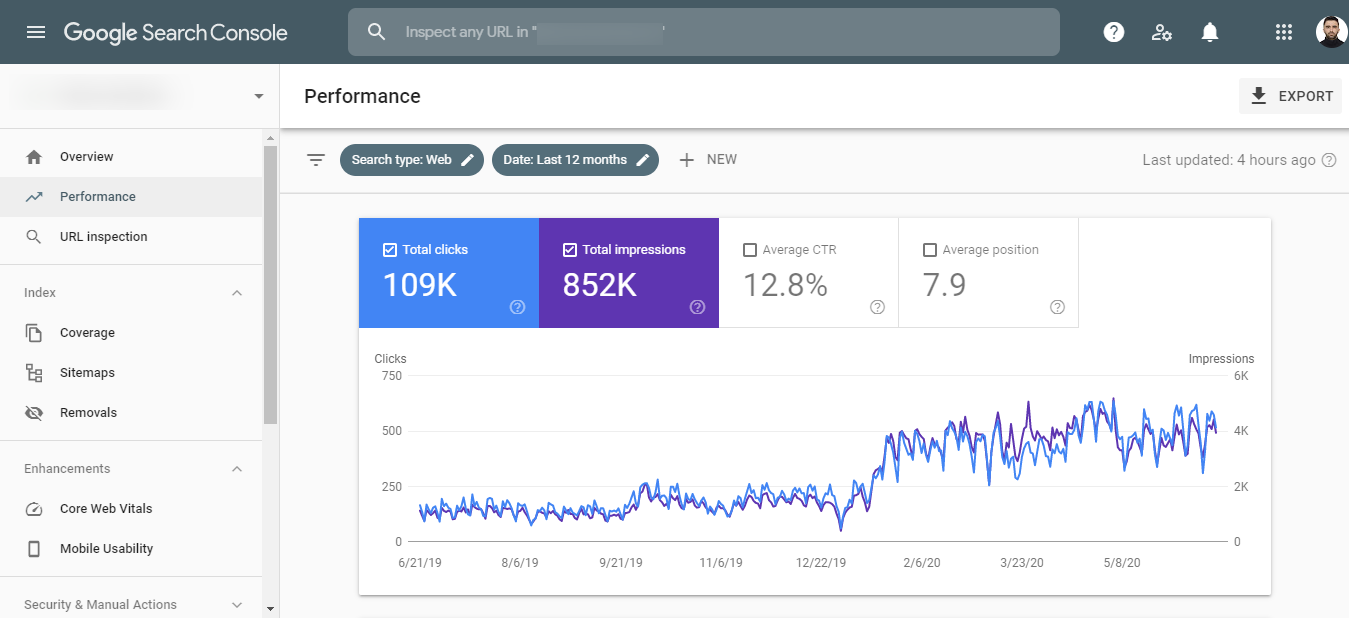
The "Data-Informed SERP Authority Matrix (DISAM)" strategy takes into account important elements determined by search engines and combines them with data-driven insights to enhance your content and SEO strategies.
Here's a guide on how to implement this strategy:
1-"Ranking Content Analysis (RCA):"
Heading and Metadata Audit:
Perform an audit of your website's headings and metadata. Ensure they are optimized for target keywords, accurately describe the content, and are compelling for users. Additionally, pay attention to the reflecting relevance among the headings, ensuring that the words used in the headings are interconnected and coherent. Here are a few examples to illustrate the concept of reflecting relevance among headings:
Example 1:
Heading 1: "Best Running Shoes for Marathon Training"
Heading 2: "Choosing the Right Shoe Type for Your Running Style"
Heading 3: "Understanding Pronation and Its Impact on Shoe Selection"
In this example, the headings are interconnected and coherent, forming a logical flow. The first heading introduces the main topic of running shoes for marathon training. The second heading focuses on the different shoe types and their suitability for various running styles. The third heading delves into the concept of pronation and how it affects the selection of running shoes.
Example 2:
Heading 1: "Healthy Breakfast Ideas for Weight Loss"
Heading 2: "Low-Calorie Recipes for a Nutritious Morning Meal"
Heading 3: "Incorporating Superfoods into Your Breakfast Routine"
In this example, the headings are reflective of each other and maintain relevance. The first heading introduces the topic of healthy breakfast ideas for weight loss. The second heading narrows down the focus to low-calorie recipes specifically for a nutritious morning meal. The third heading further explores the concept of incorporating superfoods into breakfast, aligning with the overall theme of healthy and weight-loss-oriented breakfast options.
By ensuring that the words used in the headings are interconnected and coherent, you create a logical flow that guides users through your content and helps search engines understand the relevance and structure of your information. This can enhance user experience, improve readability, and potentially contribute to better search engine rankings.
By ensuring that the words used in the headings are interconnected and coherent, you create a logical flow that guides users through your content and helps search engines understand the relevance and structure of your information. This can enhance user experience, improve readability, and potentially contribute to better search engine rankings.
1.1 Identify Content Gaps:
Identify areas where your competitors may have gaps in their content coverage. Look for topics or subtopics that they haven't covered or have only briefly touched upon. These gaps present opportunities for you to differentiate your content and provide unique value to your target audience.
To identify areas where your competitors may have content gaps, you can follow the steps below, taking into consideration Google's algorithms and best practices:
- Competitor Content Analysis:
- Conduct a comprehensive analysis of your competitors' content.
- Categorize their content and determine which topics they cover.
- Comparison and Gap Identification:
- Compare your own content with that of your competitors and identify areas that you haven't covered.
- Look for topics that your competitors have not addressed or have only briefly mentioned.
- Understanding User Needs:
- Use user research, surveys, or feedback to understand the needs and expectations of your target audience.
This will help you identify which topics are missing and where your audience requires more information.
- Filling the Gaps:
- Focus on creating new content or updating your existing content to fill the identified gaps.
- Provide more comprehensive and valuable information on these topics to offer unique value to your target audience.
- Content Planning and Strategy:
- Develop a content plan and strategy to fill the content gaps.
- Prioritize the identified topics, determine the content format, and create a publishing and promotion plan to reach your target audience effectively.
Identifying content gaps allows you to differentiate yourself from your competitors and meet the needs of your target audience. By providing more valuable and relevant content, you can develop a strong content strategy that aligns with Google's algorithms and helps you rank higher in search results, increasing your visibility and attracting more organic traffic.
1.2 Create a user intent-based content matrix:
- Develop a matrix or spreadsheet to compare your content with competitors.
- List their main topics and evaluate if you cover similar content.
- Put yourself in the shoes of your target audience. Identify their questions, needs, and interests that competitors may not fully address.
- Assess how well your existing content aligns with user intent. Ensure it provides comprehensive and valuable information.
- Analyze the content matrix to find areas where your competitors' content is lacking or incomplete.
- Focus on topics or subtopics that are relevant to your target audience's user intent but are not adequately covered by your competitors. For example, if your competitors have not explored specific dietary considerations for weight loss, you can create content that addresses those gaps.
By creating a user intent-based content matrix, you can identify areas where your competitors may not fully meet your audience's needs. This allows you to tailor your content strategy to provide comprehensive and valuable information that addresses their questions and interests. Ultimately, aligning your content with user intent can help attract more targeted organic traffic and improve your search rankings.
- "Interactive Semantic Keyword Analysis (ISKA):": Analyze the collected data to gain insights. This can help you understand the popularity of specific keywords, topics, and content types. It can also help identify your authority in specific areas and areas where improvement is needed.
- SERP Authority Matrix: Based on the data you collected and analyzed, determine your authority on specific topics and keywords. This may involve analyzing your rankings for specific keywords and topics and assessing the existing content in those areas.
- Content and SEO Strategy: Develop your content and SEO strategy based on your authority and data analysis. This may include focusing more on specific topics, targeting specific keywords, or updating content related to specific topics.
- Monitoring and Adjusting: Regularly monitor and adjust your strategy as needed. This allows you to respond to changes in user behavior, ranking fluctuations in SERPs, and overall market conditions.
By implementing the "Data-Informed SERP Authority Matrix (DISAM)" strategy, you can make informed decisions based on data-driven insights, optimize your content and SEO efforts, and improve your overall search engine authority.
2. "Interactive Semantic Keyword Analysis (ISKA):"
Interactive Semantic Keyword Analysis (ISKA) is an advanced keyword research method developed to understand user experience and achieve better rankings. ISKA combines key concepts such as semantic keyword research, keyword clustering, keyword authority, keyword combination, and microsemantic keywords. Here is a step-by-step guide on how to implement the ISKA method:
- Creating Concept Maps: The first step is to create concept maps related to keywords and concepts. This is used to understand the semantic relationships and contexts of keywords.
Gardening
/ \
Plants Techniques
/ \ |
Flowers Vegetables Pruning
|
Composting
In this concept map, "Gardening" is the central keyword. "Plants" and "Techniques" are connected to it as related concepts. Under "Plants," you further expand with "Flowers" and "Vegetables." "Techniques" branches out to "Pruning," and "Composting" is connected to "Pruning" as a related concept.
By creating concept maps, you can visually see the relationships between different keywords and concepts. This helps to identify important subtopics, related terms, and potential content ideas. It also aids in organizing and structuring your content, ensuring that you cover all relevant aspects of the topic.
Concept maps can be created using various tools, such as mind mapping software, whiteboards, or even pen and paper. As you delve deeper into your topic and conduct keyword research, you can continue expanding and refining your concept map to reflect the evolving understanding of the semantic relationships among keywords and concepts.
Overall, concept maps provide a visual representation that helps you gain a comprehensive view of the semantic connections within a specific topic. They support content planning, idea generation, and ensure that your content strategy covers all relevant aspects of the topic, leading to a more organized and effective approach to creating optimized content.
2.1 "Semantic Keyword Exploration"
Semantic Keyword Exploration refers to the process of using semantic keyword research techniques to identify related keywords, synonyms, and variations that are semantically connected to the main keyword. This helps to expand the keyword list and uncover additional opportunities for optimizing your content. Here's an explanation of how it works, how to perform it, and its benefits:
Understanding Semantic Keywords: Semantic keywords are words or phrases that are closely related or have similar meanings to the main keyword. They may include synonyms, variations, or related terms that users might use when searching for information related to your content.
Utilizing Tools: Use semantic keyword research tools to aid in the exploration process. These tools employ various techniques such as semantic keyword generators, natural language processing algorithms, and keyword suggestion tools to identify related keywords.
Start with a Seed Keyword: Begin by inputting a seed keyword into the semantic keyword research tool. The tool will generate a list of related keywords based on semantic relationships, language patterns, or user search data.
Expand with Synonyms and Variations: Review the generated list and identify synonyms and variations of the main keyword. These words can provide alternative ways for users to express their search intent. For example, if the main keyword is "digital marketing," synonyms like "online marketing" or "internet marketing" can be explored.
Consider Related Concepts: Look for related concepts or terms that are closely associated with the main keyword. These concepts can provide additional keywords that are semantically connected. For instance, related concepts to "digital marketing" could include "search engine optimization," "social media marketing," or "content marketing."
Evaluate Relevance and Search Volume: Assess the relevance and search volume of the identified semantic keywords. Use keyword research tools to understand the popularity and competitiveness of these keywords. Focus on keywords that have a balance between relevance and search volume to prioritize your optimization efforts.
Benefits of semantic keyword exploration include:
- Enhanced Keyword Coverage: By exploring semantic keywords, you expand your keyword list and cover a wider range of terms that users might search for. This ensures that your content is more comprehensive and captures various ways users express their search intent.
- Improved Search Visibility: Optimizing your content for semantic keywords helps improve your search visibility for a broader set of search queries. By incorporating relevant synonyms and variations, you increase the chances of matching user search intent and appearing in search results.
- Better User Experience: Semantic keyword exploration allows you to optimize your content for a variety of related terms, making it more relevant and valuable to users. This improves the overall user experience and increases the likelihood of users finding the information they are seeking.
- Long-Tail Opportunities: Semantic keywords often represent long-tail opportunities, as they can target specific user queries with lower competition. This increases your chances of ranking well for niche searches and attracting more targeted organic traffic.
By utilizing semantic keyword exploration techniques, you can expand your keyword list, optimize your content for related terms, improve search visibility, enhance the user experience, and attract more targeted organic traffic to your website.
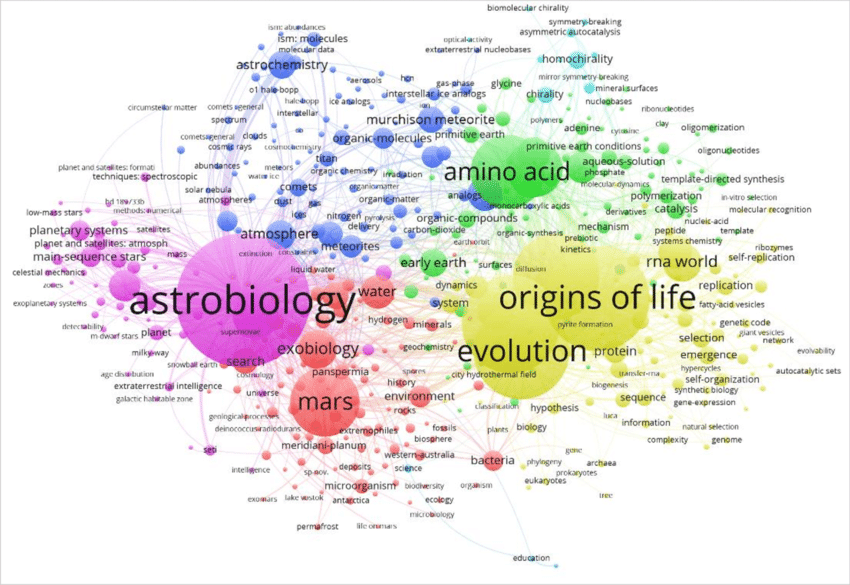
2.2. Keyword Combination Analysis:
Group keywords into clusters based on their semantic similarities and relevance. This helps to organize and categorize keywords for better analysis and content optimization. Use clustering algorithms or manual analysis to identify keyword clusters.
"Keyword Combination Analysis" involves analyzing different combinations of keywords within keyword clusters to identify long-tail keyword opportunities. Long-tail keywords are more specific, typically longer phrases that target a narrower audience with a higher likelihood of conversion. Here's a more detailed explanation with examples and the benefits for SEO:
Identifying Keyword Clusters: Start by identifying keyword clusters based on their relevance to your target audience and content. For instance, if you have a website about fitness, your keyword cluster could include terms like "weight loss," "strength training," and "healthy diet."
Combining Keywords: Analyze different combinations of keywords within each cluster. For example, you could combine "weight loss" with "meal plan," "exercises," or "tips." Similarly, for the "strength training" cluster, you could combine it with "workouts," "equipment," or "routine."
User Intent Alignment: Ensure that the combined keywords align with the user intent. Consider what users might search for when looking for specific information or solutions related to your content. Long-tail keyword combinations often indicate a more refined search intent, demonstrating that users are seeking specific answers or solutions.
Example: Suppose you have a fitness blog, and you identify the keyword cluster "weight loss" as relevant to your target audience. Through keyword combination analysis, you find the long-tail keyword opportunity: "effective weight loss meal plans." This keyword combination aligns with the user intent of finding meal plans specifically for weight loss, indicating a higher likelihood of conversion.
Lower Competition: Long-tail keywords often have lower competition compared to more generic keywords. This is because they are more specific and target a narrower audience. By focusing on long-tail keywords, you have a better chance of ranking higher in search results and attracting more targeted traffic to your website.
Improved Search Rankings: Targeting long-tail keywords allows you to tap into specific niches within your industry. As these keywords are often less competitive, you have a higher chance of achieving better search rankings for those specific terms. This can lead to increased visibility, organic traffic, and ultimately, higher conversions and engagement.
The benefit of conducting keyword combination analysis and targeting long-tail keywords is that it helps you refine your SEO strategy by focusing on specific user needs and interests. By targeting more specific keywords, you can attract a highly relevant audience, increase your chances of ranking well, and drive qualified traffic to your website.
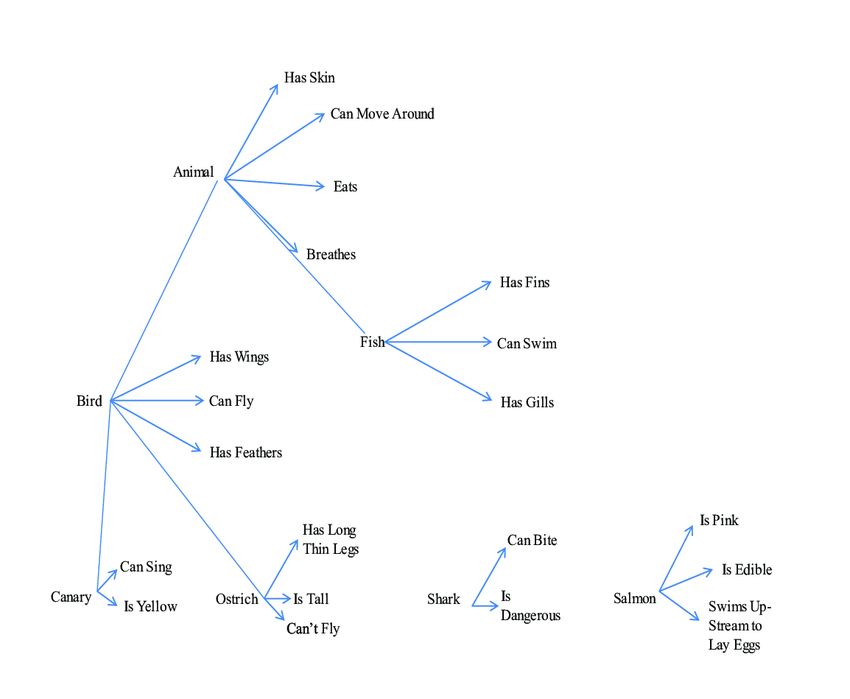
2.3 Keyword Authority Assessment:
Evaluate the authority and competitiveness of keywords within their respective clusters. Consider factors such as search volume, competition level, and domain authority to prioritize keywords that have the potential to rank well and drive meaningful traffic.
"Keyword Authority Assessment" involves evaluating the authority and competitiveness of keywords within their respective clusters to prioritize them based on their potential to rank well and drive meaningful traffic. This assessment helps determine which keywords are more valuable to target in your content optimization efforts. Here's a more detailed explanation with examples
Search Volume: Assess the search volume for each keyword, which indicates the average number of times users search for that keyword in a given period. Higher search volumes generally indicate greater potential for attracting organic traffic. For example, if you're targeting the keyword "social media marketing," you may find that it has a high search volume compared to other keywords in the cluster, indicating a larger audience searching for that term.
Competition Level: Evaluate the level of competition for each keyword. This involves considering how many other websites are targeting the same keyword and how well-established they are in the search results. Tools like SEMrush or Moz's Keyword Difficulty score can help determine the level of competition for a specific keyword. For instance, if the keyword "content marketing" has high competition with many authoritative websites already targeting it, it may require more effort to rank well for that keyword compared to others with lower competition.
Domain Authority: Consider the domain authority of your website and the competing websites targeting the same keywords. Domain authority is a measure of the overall strength and authority of a website in search engine rankings. Higher domain authority suggests a higher likelihood of ranking well for competitive keywords. For example, if your website has a high domain authority, it may be more feasible to target keywords with higher competition and still achieve good rankings.
Relevance to Target Audience: Assess the relevance of keywords to your target audience and their search intent. Focus on keywords that align closely with your target audience's interests, needs, and queries. For example, if your website specializes in healthy recipes, keywords like "nutritious meal ideas" or "easy vegan recipes" may be more relevant and valuable to target compared to generic terms like "food" or "recipes."
By evaluating the authority and competitiveness of keywords based on factors such as search volume, competition level, domain authority, and relevance to your target audience, you can prioritize keywords that have a higher potential to drive meaningful organic traffic and achieve better rankings in search engine results pages (SERPs).
2.4 Microsemantic Keyword Identification:
Identify microsemantic keywords that capture specific aspects or subtopics within a broader keyword cluster. These keywords provide more context and relevance to the content, helping to optimize for specific user queries and enhance the overall user experience.
"Microsemantic Keyword Identification" involves identifying microsemantic keywords that capture specific aspects or subtopics within a broader keyword cluster. These keywords provide more context and relevance to the content, helping to optimize for specific user queries and enhance the overall user experience. Here's a step-by-step explanation of how to perform microsemantic keyword identification:
Identify Keyword Cluster: Start by selecting a keyword cluster that is relevant to your content or topic. This cluster should contain a range of related keywords that broadly represent the main theme or subject.
Analyze User Intent: Analyze the user intent behind the broader keyword cluster. Consider the different types of queries users may have and the specific information they are looking for. This understanding will help you identify subtopics or specific aspects that users are interested in.
Brainstorm Microsemantic Keywords: Based on the analysis of user intent, brainstorm microsemantic keywords that capture specific aspects or subtopics within the broader keyword cluster. These keywords should provide more context and relevance to the content. Use your knowledge of the subject matter and industry expertise to identify these microsemantic keywords.
Consider Related Concepts: Consider related concepts, terms, or phrases that are closely associated with the broader keyword cluster. These concepts can help generate microsemantic keywords that add depth and specificity to your content.
Keyword Research and Validation: Conduct keyword research to validate the relevance and search volume of the identified microsemantic keywords. Use keyword research tools, such as Google Keyword Planner, SEMrush, or Moz, to analyze the search volume and competition level for each microsemantic keyword.
Content Optimization: Once you have identified relevant and validated microsemantic keywords, optimize your content to incorporate these keywords naturally. Ensure that the microsemantic keywords are used in headings, subheadings, and throughout the content to provide context and relevance to specific subtopics.
Benefits of microsemantic keyword identification include:
- Enhanced Relevance: Microsemantic keywords provide more context and relevance to your content. By incorporating these keywords, you can optimize your content to match specific user queries and provide more comprehensive information on specific subtopics.
- Improved User Experience: By addressing specific subtopics within a broader keyword cluster, you enhance the user experience. Users are more likely to find the information they are looking for, leading to increased engagement and satisfaction with your content.
- Targeted Traffic: Microsemantic keywords allow you to attract more targeted traffic from users searching for specific subtopics or aspects within your content. This targeted traffic is more likely to convert and engage with your website.
- Long-Tail Opportunities: Microsemantic keywords often represent long-tail opportunities with lower competition compared to broader keywords. This increases your chances of ranking well in search results for specific, niche queries.
By identifying and incorporating microsemantic keywords into your content, you can optimize for specific user queries, enhance relevance, improve the user experience, and attract more targeted organic traffic to your website.
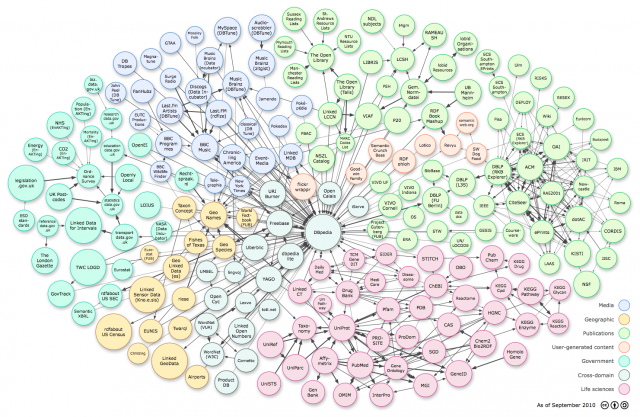
3. User Experience Validation:
Validate keyword choices and content strategies based on user experience metrics, such as click-through rates, bounce rates, time on page, and conversion rates. Continuously monitor and analyze user behavior to refine keyword targeting and content optimization efforts.
3.1. "User Intent Alignment" refers to the process of ensuring that the combined keywords you choose align with the specific intent of users when they perform a search. By understanding what users might search for and what specific information or solutions they are seeking, you can optimize your content to match their intent. Here's a detailed explanation with examples:
Understanding User Intent: Start by understanding the different types of user intent behind search queries. User intent can be broadly classified into four main categories:
Informational Intent: Users seeking information or answers to their questions (e.g., "how to lose weight").
Navigational Intent: Users looking for a specific website or web page (e.g., "Facebook login page").
Transactional Intent: Users looking to perform a transaction or make a purchase (e.g., "buy iPhone online").
Commercial Intent: Users conducting research before making a purchase decision (e.g., "best laptop for gaming").
Keyword Research with User Intent in Mind: Conduct keyword research with a focus on user intent. Consider what users might search for when looking for specific information or solutions related to your content. For example, if your website offers recipes, users might search for "easy vegetarian dinner recipes" (informational intent) or "buy organic ingredients for recipes" (transactional intent).
Long-Tail Keyword Combinations and User Intent: Long-tail keyword combinations often indicate a more refined search intent. Users using long-tail keywords are typically seeking specific answers, solutions, or detailed information. For example, "best running shoes for marathon training" demonstrates a clear intent to find the best running shoes specifically for marathon training.
Optimizing Content for User Intent: Once you have identified long-tail keyword combinations that align with user intent, optimize your content to provide the information or solutions that users are seeking. Make sure your content directly addresses their needs and provides valuable insights or actionable steps. This helps to improve user satisfaction and engagement.
Example: Suppose you have a website about photography. You conduct keyword research and find that users are searching for "how to take professional portraits with natural light" (informational intent). In this case, you can create a comprehensive guide or tutorial that addresses this specific user intent, providing tips, techniques, and examples for capturing professional-looking portraits using natural light.
By aligning your combined keywords with user intent, you can optimize your content to deliver the right information or solutions that users are looking for. This increases the relevance and value of your content, improves user satisfaction, and enhances your chances of ranking well in search engine results for queries related to user intent.
4. SERP Authority:
Based on the data you collected and analyzed, determine your authority on specific topics and keywords. This may involve analyzing your rankings for specific keywords and topics and assessing the existing content in those areas.
Content Gap Analysis: Conduct a content gap analysis to identify areas where you have limited or no content coverage but where you want to establish authority. Identify topics or keywords with high search volume and competition where your current content is lacking. This analysis helps determine where you need to create or improve content to strengthen your authority.
Quality and Engagement Metrics: Assess quality and engagement metrics such as page views, time on page, bounce rate, and backlinks for the content that establishes your authority. Higher engagement and positive user signals indicate that your content is valuable and trusted by users, further enhancing your authority in the eyes of search engines.
Distinctive Features of SERP Authority compared to regular keyword research:
Focus on Authority: SERP Authority goes beyond traditional keyword research by emphasizing your authority on specific topics. It takes into account factors like rankings, content quality, and user engagement to assess your credibility in those areas.
Competition Analysis: SERP Authority involves analyzing competitors who are also targeting the same keywords and topics. Understanding their strategies and comparing their authority helps you identify areas for improvement and differentiation.
Content Depth and Relevance: Unlike regular keyword research, SERP Authority emphasizes the depth and relevance of your content. It involves evaluating the comprehensiveness, quality, and alignment with user intent to establish authority on specific topics.
Long-Term Focus: SERP Authority is a long-term strategy that aims to build your authority gradually over time. It involves consistently creating high-quality content, optimizing existing content, and continuously improving your rankings and user engagement metrics.
In conclusion, by implementing the Data-Informed SERP Authority Matrix (DISAM) strategy, you can significantly boost your website's traffic and achieve remarkable results. This data-driven approach allows you to optimize your content and SEO strategies based on user behavior, keyword analysis, and competitor research. By understanding your target audience's search intent and providing valuable, relevant content, you can establish authority in your niche and attract more organic traffic to your website. So, if you're ready to take your website's traffic to new heights, give DISAM a try and watch as your efforts translate into tangible results. Start implementing this powerful strategy today and unlock the full potential of your website's traffic growth.


